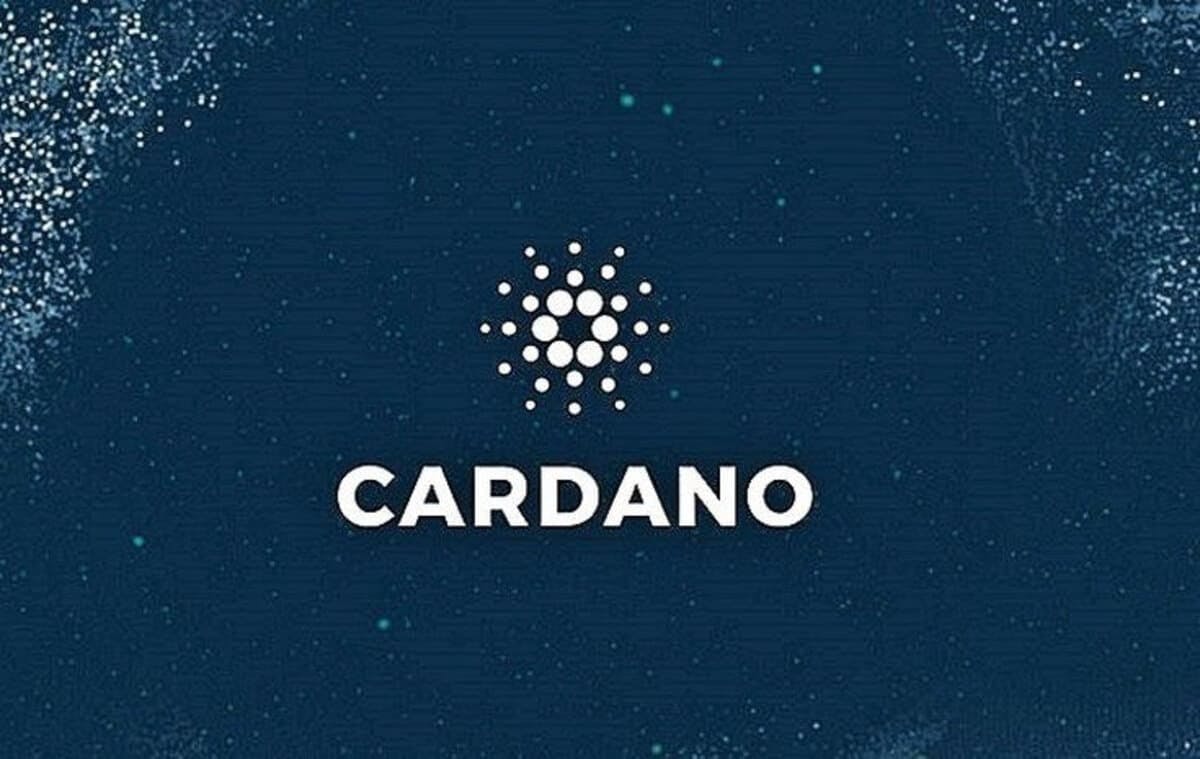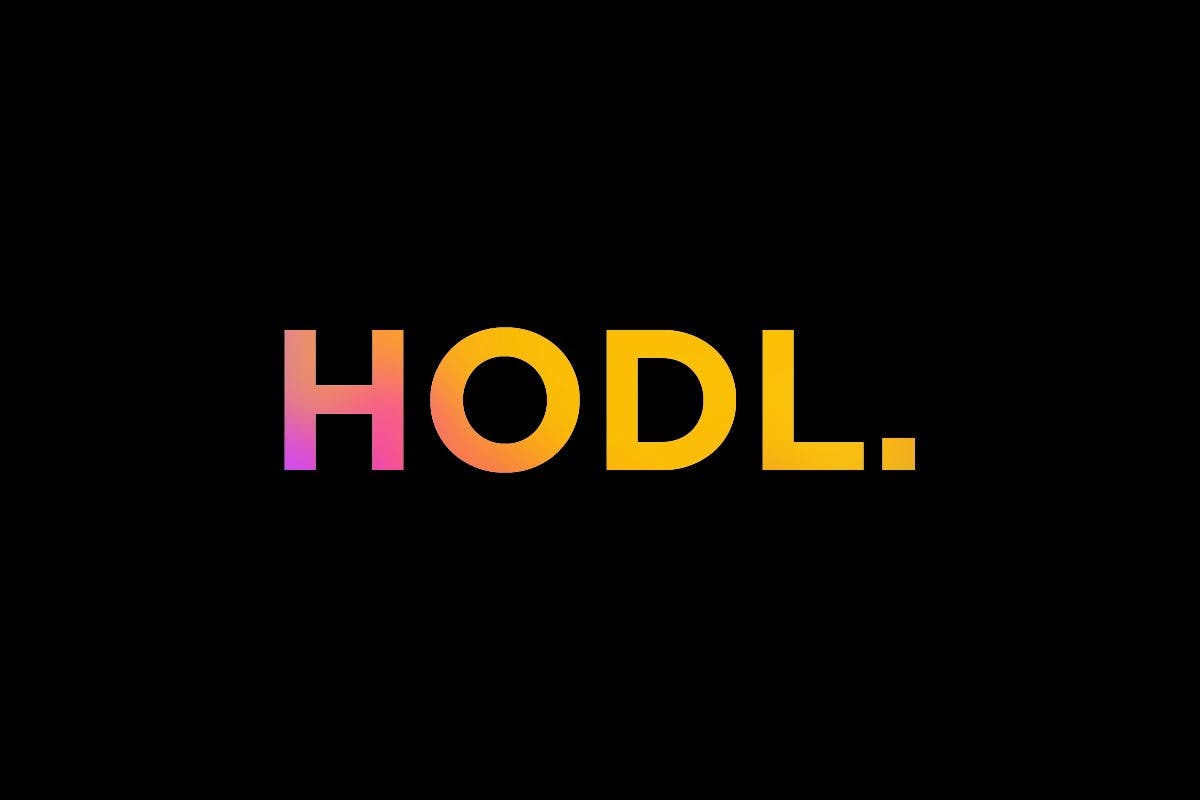
- All
- Analytics
- Technical Analysis
- Trading
- Blockchain
- DeFi
- Guides
- Company News
- Educational
- Opinion
- Price Predictions
- Tools
- Market News
- News
- Trading cases
- Practical guides
- Exchanges
- Trading signals
- Cryptocurrency
- Crypto bots
- Other
Become a crypto master
Learn everything about crypto,
trading and bots

Building for the Future of DeFi: Solana and Serum in 2025
A 2025 outlook on Solana's role in institutional-grade automated crypto trading and Serum's shift, highlighting the need for platform agility and advanced trading automation with AI-powered tools like 3Commas.
Start Trading on 3Commas Today
Get full access to all 3Commas trading tools with free trial period

To build the best product, you need the best infrastructure. As part of our continuing commitment toprovide the best possible trading experience for our users, we’ve performed significant evaluations as to which protocols will best support our initiative to provide an efficient, scalable, cost effective and trustless environment for our bots as we expand into the DeFi world. Over the past few months, DeFi fever has swept over the cryptocurrency space, forcing many users to face the ugly reality of trade-offs in consensus protocols. While ETH is one of the most decentralized and robust ecosystems, the massive transaction fees to interact with most smart contracts and slow transaction times makes the entire ecosystem impractical for many users. In contrast, the recent rapid growth of Binance Smart Chain (also known as BSC, essentially a direct ETH clone built by Binance) highlights that many users are willing to turn a blind eye to less decentralized systems in return for a more cost-effective and overall easier to use protocol.
Solana
Instead of compromising on decentralization to build a more usable product, we’ve decided to build our product on Solana. This decision combines the best of all protocols with limited tradeoffs. Solana is a web-scale blockchain that provides fast, secure, scalable, decentralized apps and marketplaces, with the ability to support 65,000 TPS (transactions per second) and 400ms block times.
As one of the most efficient permissionless blockchains in the world, the network has 200 physically distinct nodes supporting a throughput of more than 50,000 TPS when running with GPUs. Additionally, Solana tackles one of the biggest challenges with distributed systems: agreement in time.
Unlike Bitcoin that uses the PoW (Proof of Work) algorithm as a sort of decentralized clock for the system, Solana uses a Proof of History method. With Proof of History, you are able to create historical records that prove that an event occurred during a specific moment in time. Specifically, the algorithm is a high frequency Verifiable Delay Function, requiring a specific number of sequential steps to evaluate. Transactions or events that are evaluated will be given a unique hash and a count that can be publicly and effectively verified, which allows the network to validate when each transaction or event occurred, functioning like a cryptographic time-stamp. Within every node there is also a cryptographic clock that keeps track of the network’s time and the ordering of events, providing high throughput and more efficiency within the Solana network.
Serum
One of the biggest challenges in the DeFi world is creating the liquidity needed for a healthy trading environment. Ironically, even in the decentralized finance system a method of centralizing liquidity is crucial to have any real type of financial system that could match a centralized alternative. Although there have been several interesting solutions to the liquidity problems in crypto, the project that we’ve been most impressed with is Serum.
Project Serum is a brand new decentralized exchange (DEX) for the decentralized finance (DeFi) sphere. Built on Solana, Serum was created to solve the centralized vulnerabilities existing in the current DeFi space in the same trustless and permissionless way that DEX traders are comfortable with. Serum is completely decentralized down to its seed protocol, running on a non-custodial exchange with cross-chain trading support and no KYC required. Additionally, despite being native to Solana, Serum is designed to be completely interoperable with Ethereum and Bitcoin, a huge advantage when pitted against Binance DEX or other DeFi DEXs like Balancer and Uniswap.
Essentially, Serum is an incredibly strong decentralized liquidity and infrastructure layer that other applications can use as a “back end”, while creating their own application and interface on top with added features. So far, several DEX’s such as Raydium, Bonfida, and Mango Markets have already shown the immense potential of Serum. With on-chain order books, Serum allows DEX’s build on top the ability to create limit trading options similar to centralized platform, something that is impossible with most current AMM’s (ie. Uniswap, Sushiwap) which only allow market orders. Additionally, the speed and cost effectiveness (transactions cost under 1 cent) make Serum a viable threat to be the premier liquidity and trading infrastructure for DeFi.
Accordingly, we’ve decided to build our new GRID bot product, GRIDex, on Serum using Solana in order to not only provide the fastest and cost-effective trading experience but to also provide the interoperable flexibility necessary in a multi-chain ecosystem. Stay tuned for our next article where we’ll go more in depth about GRIDex!
Solana and Serum in 2025—A Strategic Perspective for DeFi Traders
Since the original publication in 2021, decentralized finance has seen structural changes driven by scalability improvements, maturing ecosystems, and shifting user expectations. Solana and Serum, once emerging players, now serve as reference points for both opportunity and transition in the current trading landscape.
Solana in 2025: High-Speed Infrastructure for Automated Strategies
Solana remains a high-performance blockchain, continuing to attract institutional capital and professional-grade trading activity. With average block times under 500 milliseconds and transaction costs measured in fractions of a cent, it provides a compelling base layer for automated crypto trading workflows.
In 2025, Solana’s integration into institutional strategies has deepened. Multi-chain interoperability, improved validator incentives, and uptime reliability have made it increasingly appealing to developers building AI crypto trading bots and automated trading systems. As decentralized applications expand, Solana’s ecosystem is now home to a growing number of AI-based crypto trading bot providers, offering faster execution and more refined data feeds compared to some legacy alternatives.
This infrastructure supports a broad range of strategies—from grid bots and DCA bots to low-latency altcoin trading bots. With the rise of AI trading bot crypto solutions that analyze and execute based on market sentiment, order book depth, and volatility bands, Solana’s architecture is particularly well-suited for traders seeking consistent automation with minimal slippage.
Serum’s Role Shift and the Importance of Platform Agility
Once a flagship DEX for the Solana ecosystem, Serum has become largely inactive as of late 2024. Its closure followed declining liquidity and reduced ecosystem support. While Serum was a pioneer in order-book-based decentralized trading, newer solutions have taken its place, offering deeper integrations with AI bot trading crypto strategies and better alignment with institutional risk frameworks.
The decline of Serum underscores the need for adaptability—not only in trading approaches but also in infrastructure selection. Professional traders and asset managers must regularly evaluate protocol health, governance dynamics, and platform resilience when deploying capital or integrating automated crypto trading bots.
Advanced Trading Automation with 3Commas Software
As a software provider, 3Commas has continually expanded its tools to serve the needs of data-driven traders. In 2025, its platform supports the configuration and execution of AI crypto trading bots, complete with advanced backtesting, live performance monitoring, and multi-layer risk controls.
Users can now implement and manage a wide array of strategies—from altcoin bot trading to auto trade crypto signals—without coding. Support for automated trading bot crypto integrations, combined with extensive DCA logic, trailing functions, and market condition filters, allows for tailored portfolio management across volatile markets.
The growing demand for AI bots for crypto trading reflects the sector’s evolution toward precision, automation, and strategic depth. With tools like 3Commas’ automated crypto trading bots, asset managers can simulate performance, set conditions for capital allocation, and deploy strategies directly to exchanges with minimal manual intervention.
Conclusion
Solana’s rise as a foundation for institutional-grade automation and Serum’s decline as a cautionary tale offer contrasting insights for today's DeFi participants. For professionals navigating the complexity of modern digital asset markets, the use of advanced crypto trading bot software—especially those that support automated crypto trading strategies driven by AI—is becoming a strategic necessity.
Whether configuring a high-frequency auto trading bot or managing a diversified portfolio of altcoin bots, success in 2025 increasingly depends on the right infrastructure, adaptive tools, and disciplined execution.

A proven leader, successful at establishing operational excellence and building high-performance teams with a sharp focus on value creation and customer success.





